I sometimes cross-publish my children’s essays when I think they’re worthy of my readers’ time. This is such a work: an excellent book review from my eldest son from a while back when he was age 15. Enjoy!
By Houston Lee Dillingham
August 2022
Although some historical inaccuracies and controversies have arisen from the book over the years, “The Bridge Over the River Kwai” is an entertaining read with fast-paced action, as well as some suspense. The book does a stellar job describing the environment and highlighting the human struggle between the officers and the suffering of the POWs. Even if it has more fictional elements than the author meant it to have, it’s still a compelling book.
Written by French author Pierre Boulle, “The Bridge Over the River Kwai” was published and translated into English in 1954, two years after the original publication in 1952. It focuses on British POWs in Siam (modern-day Thailand) who are forced to build a bridge over the Kwai River for Japanese supply trains.
In 1957, a film adaptation was made, bearing the same name as the novel. It even won the Academy Award for Best Picture that year. Directed by David Lean, the movie was shot along the Kelani River in Sri Lanka. The movie has a few differences from Boulle’s book, but overall is relatively similar.
Boulle was born on February 20, 1912 in Avignon, France. Raised as a Catholic, he later became an agnostic, the belief that the existence of God is a mystery and is completely unknowable. Boulle studied and later graduated from Ecole Superieure d’Electricité in 1933, receiving a degree in engineering. In 1936, he traveled to Malaysia where he worked as a technician and engineer on British rubber plantations. In 1939, still living in Malaysia, Boulle enlisted in the French army in Indochina. When mainland France was conquered by the German army in 1940, he joined the Free French in Singapore. After helping with Allied resistance movements in China, Burma, and Indochina, Boulle was captured and arrested by Vichy France loyalists in 1943, being subjected to two years of forced labor.
Besides his two most famous novels, “The Bridge Over the River Kwai” and “Planet of the Apes,” the author wrote another book, “My Own River Kwai.” In this book, he describes his actual wartime experiences, while “The Bridge Over the River Kwai” is roughly based on his experiences while a POW.
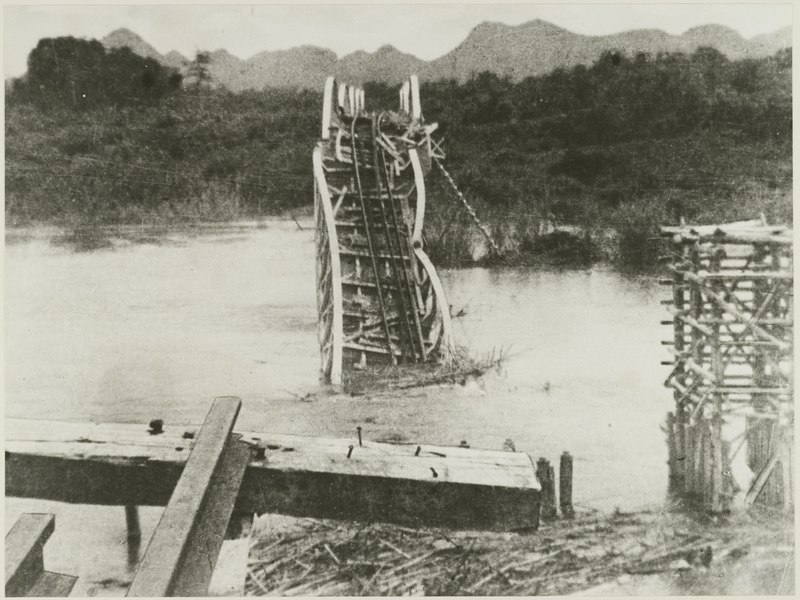
The bridge described in the book was part of Burma Death Railway. Constructed from 1940 to 1943, the Japanese used the forced labor of Southeast Asian civilians as well as Allied POWs. It’s estimated that 180,000-250,000 civilians and 60,000 POWs were subjected to forced labor on the railway, around 102,000 of whom died. Much of the railway still stands today and runs from Ban Pong, Thailand, to Thanbyuzayat, Myanmar.
The bridge that’s the subject of Boulle’s book is said to be Bridge 277, which was built over the Khwae Noi River, at the time called the Mae Klong River. In Thai, Khwae Noi simply means “small river.” However, Khwae was commonly mispronounced by Allied POWs and called the “Kwai River”, meaning Buffalo River. Bridge 277 was damaged multiple times by American bombers near the end of the war, before being successfully destroyed in June 1945.
In October 1942, captured British soldiers arrived at the Tamarkan POW camp to build the bridge. These men were commanded by British Colonel Philip Toosey, said to be Boulle’s inspiration for Colonel Nicholson, one of the main characters. Unfortunately, controversy arose when Toosey was found to have never collaborated with the Japanese, as Nicholson did in the novel. Boulle then revealed that Nicholson was not meant to represent Toosey, but French officers who collaborated with the Japanese and Vichy regimes. Nonetheless, some have dismissed the book as complete fiction for this and several other historical inaccuracies.
Some of Boulle’s mistakes are due in part to the fact that he was not held captive by the Japanese, rather the Vichy French. For example, forced labor conditions under the Japanese were much worse than what’s described in the book. Daily, prisoners were deprived of food and medical supplies, beaten, tortured, humiliated, and forced to work sunrise to sunset without ceasing. Whatever a Japanese soldier could construe as disrespect or disobedience by a prisoner would most likely result in their murder.
Unlike Nicholson’s nemesis, Colonel Saito, Japanese officers would not allow a man like Nicholson and his insubordination. Even if Nicholson had not been killed by the Japanese, the other prisoners would not tolerate his willing collaboration with the enemy. Because of these problems with the historical accuracy of the book, prisoners who were at the Tamarkan POW camp have also criticized the book.
Although some of its errors can be misleading, the book is still based on real events and might introduce the reader to history of which they weren’t previously aware. If readers approach “Bridge Over the River Kwai” as a historical fiction as opposed to non-fiction, it’s a rewarding World War II novel.
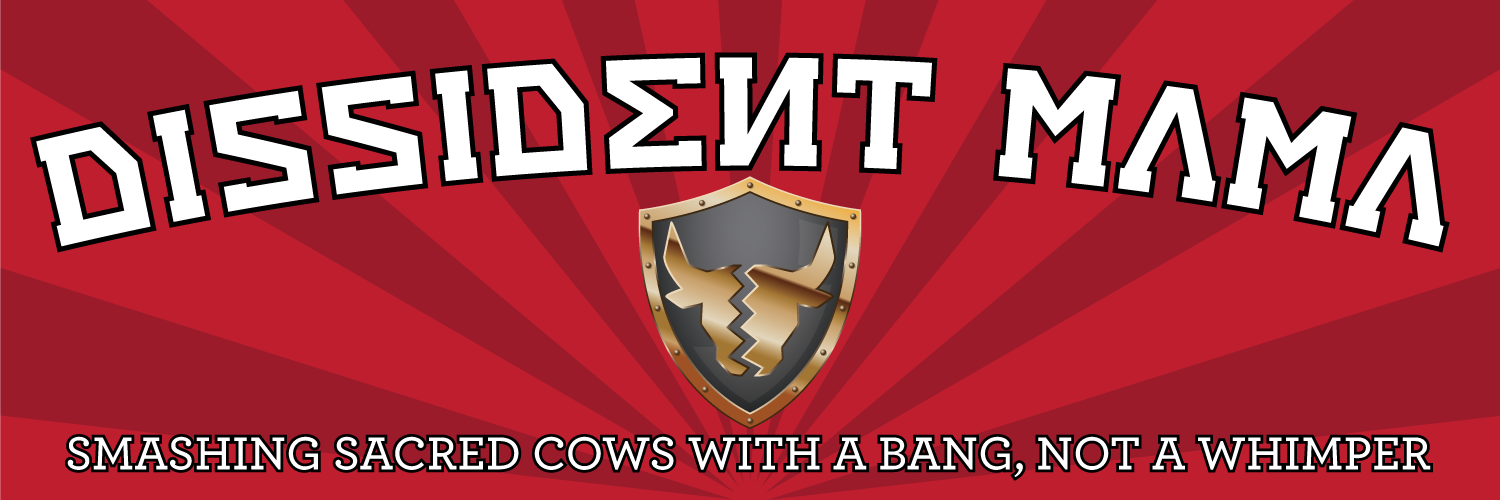
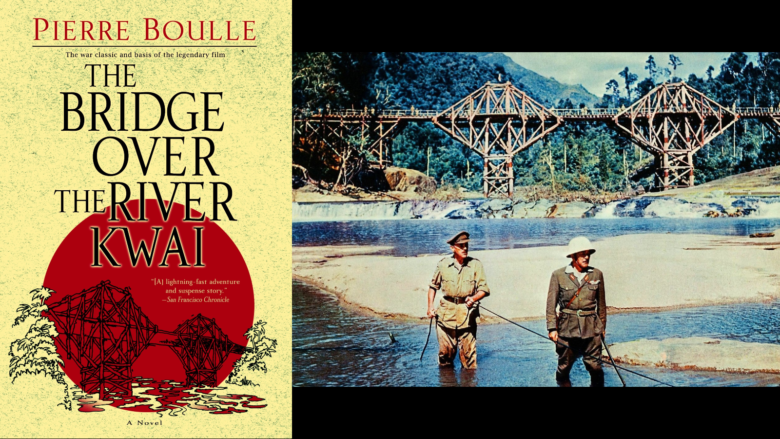


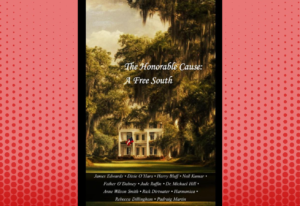
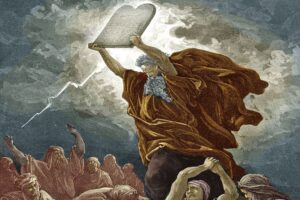
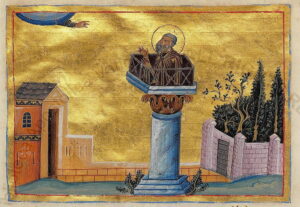
Comments
I’m not familiar with the book, but this is a great review. He writes well. My kids are still working on essay writing. They have done oral and written narrations, but I think they struggle to find their voice.
Do you have any tips for teaching how to write an essay? Did you use a program?
Author
Thanks for the compliments. I will pass them on to my son. We tapped into a lot of different writing tools over the years, but one of the main programs we used was IEW. It can be a bit overwhelming if you let it, but you can also pick and choose. I wrote about their history-based writing in this 2018 essay “Stonewall Jackson kicks ass!” which features an intro by me as teacher and then a paper written by my eldest son. Having said that, I absolutely loathed their writing lessons supposedly based upon Murican history, which is one of the many reasons we left Classical Conversations (where we were using IEW within CC’s Essentials program), but CC did help establish some incredible writing building blocks that we simply fortified and branched out upon once we left the co-op. I have one son who also struggles a bit, but I still do a lot of “hand holding” via editing with him because there’s no better way to him get confident with his writing than to show him how it’s done, well, that and to have your kids simply read superb writing and then talk about why it’s so darn good.